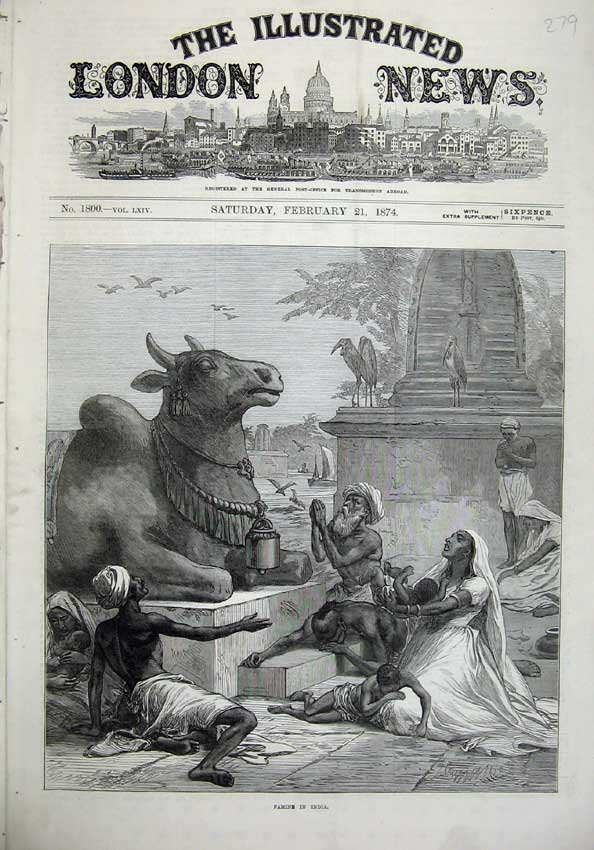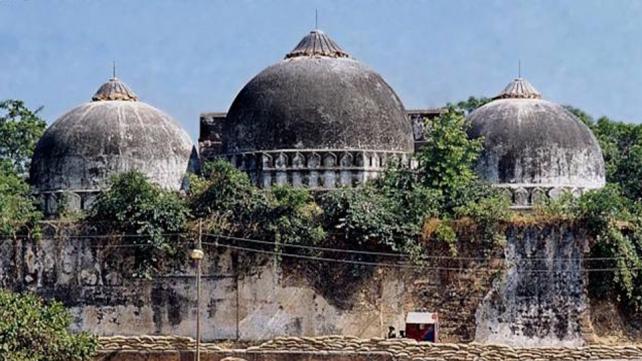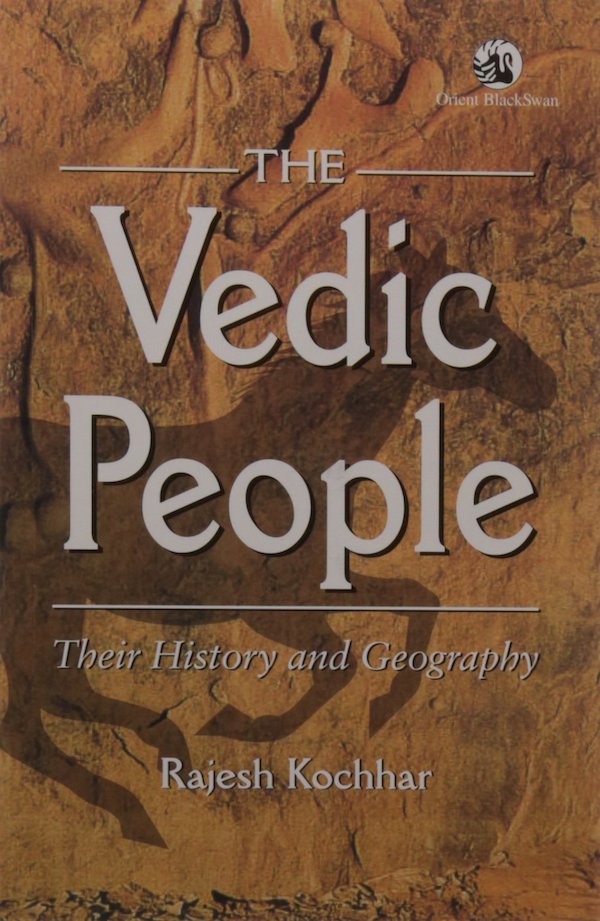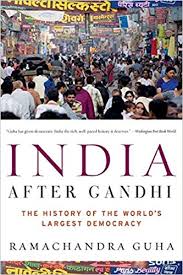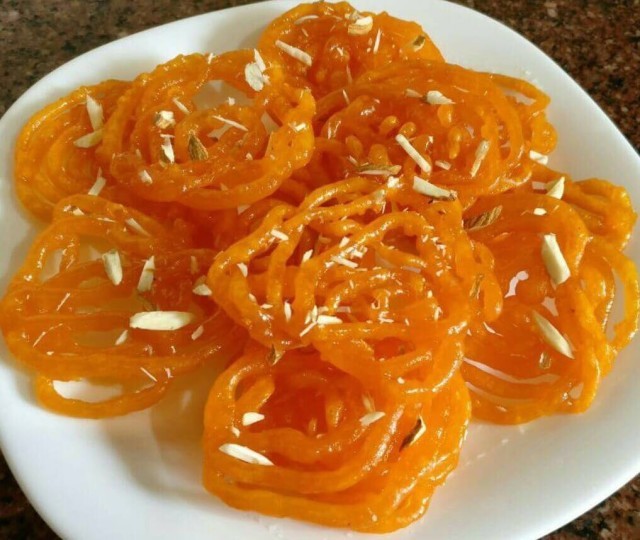
Why Do South Asians Have Such High Rates of Heart Disease?:
Some of the most striking findings to come out of Masala relate to body composition. Using CT scans, Dr. Kanaya and her colleagues found that South Asians have a greater tendency to store body fat in places where it shouldn’t be, like the liver, abdomen and muscles. Fat that accumulates in these areas, known as visceral or ectopic fat, causes greater metabolic damage than fat that is stored just underneath the skin, known as subcutaneous fat.
…
…. Cardiovascular risks tended to be highest in two groups: those who maintained very strong ties to traditional South Asian religious, cultural and dietary customs, and those who vigorously — embraced a Western lifestyle. Those with lower risk are what the researchers call bicultural, maintaining some aspects of traditional South Asian culture while also adopting some healthy Western habits.
This discrepancy plays out in their dietary behaviors. Almost 40 percent of Masala participants are vegetarian, a common practice in India that is widely regarded in the West as heart healthy. But vegetarians who eat traditional South Asian foods like fried snacks, sweetened beverages and high-fat dairy products were found to have worse cardiovascular health than those who eat what the researchers call a “prudent” diet with more fruits, vegetables, nuts, beans and whole grains (and, for nonvegetarians, fish and chicken). People who eat a Western style diet with red and processed meat, alcohol, refined carbohydrates and few fruits and vegetables were also found to have more metabolic risk factors.
I think one of the issues with the “traditional” lifestyle combined with modern affluence is that they aren’t actually eating like their (our) ancestors would eat. Though fried snacks and sweetened beverages are acceptable in vegetarian diets, I doubt that this was on the menu for many Indians who lived on vegetarian diets in the past. The two “bad” dietary options are really converging on modern processed/high cal diets from different pathways.
